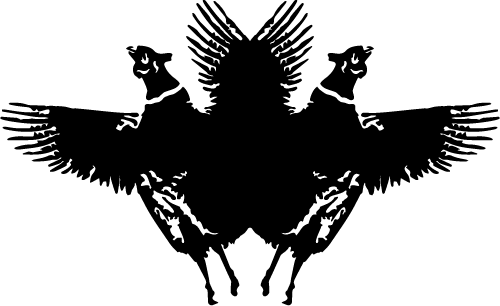How do we source fabrics? Sustainable production process.

Not many people are aware that sustainability in fashion goes beyond using organic and recycled fabrics. While they are very important aspects, sustainable fabric sourcing is a complex, many-faceted process. These are the steps we follow at ZSIGMOND DORA menswear.
- CERTIFIED FABRICS
We only purchase fabrics from certified manufacturers from Italy, Germany, Austria and Spain. Compliance with certifications like Fair for Life, OEKO-TEX, ECOCERT or CERES Certification of Environmental Standards ensures the integrity of the fabrics.
- SUSTAINABLE FABRICS
We purchase organic fabrics to support ethical and eco-conscious production. With the use of recycled and dead stock fabrics we aim to utilise what we already have in the world.
- INNOVATIVE FABRICS
We use the world's first recycled thindown fabric for padding winter coats, which not only a more environmental-friendly option, it’s also 2 times warmer than loose down and 4 times warmer than polyester.
- UPCYCLING
In our REMADE line, we repurpose sixty to hundred-year-old fabrics from the Hungarian countryside. Each fabric is selected during a continuous, year-long, country-wide research and goes through a strict selection process. Each piece is bought at a fair price helping the community, while giving new lives to treasured relics. As a result, bomber jackets, jumpers and hoodies made from 60-year-old velvet headkerchiefs or jacquard woven wall tapestries are a statement not only in unique design but in sustainability as well.
- ECO-CONSCIOUS DYING
Using sustainable fabrics also mean dying them eco-consciously. Natural dying leverages the pigments of plants, produce, fruits, flowers, leaves, nuts and tree bark brings us closer to nature, while reviving old techniques. Our plant-dyed pieces are also machine washable making them both unique and functional.
Specially designed motifs are screen printed with eco-conscious ink by hand in a small workshop in Hungary using eco-conscious pigments.
- MINIMAL WASTE PRODUCTION
We design boxy silhouettes, as using angular patterns leads to the least amount of fabric wastage. The inevitable leftover fabric is then saved for later until enough is accumulated to craft zero waste pieces from them. The leftover fabric from t-shirts is used to create unique hats with a special knotting and knitting technique. Small scale production also helps to avoid the piling of superfluous stock.
- NATURAL MATERIALS
In our SS22 collection, we use buttons and zip pullers made from natural horn that are recovered at the end of the life cycle of animals. This method respects the ecosystem and offers a biodegradable alternative to plastic.

